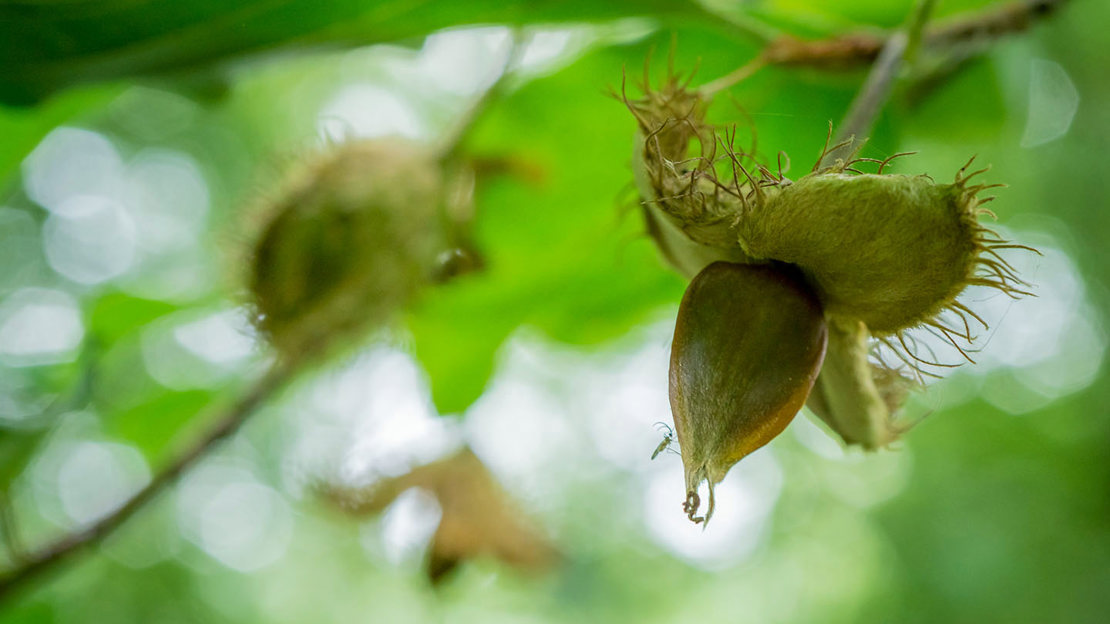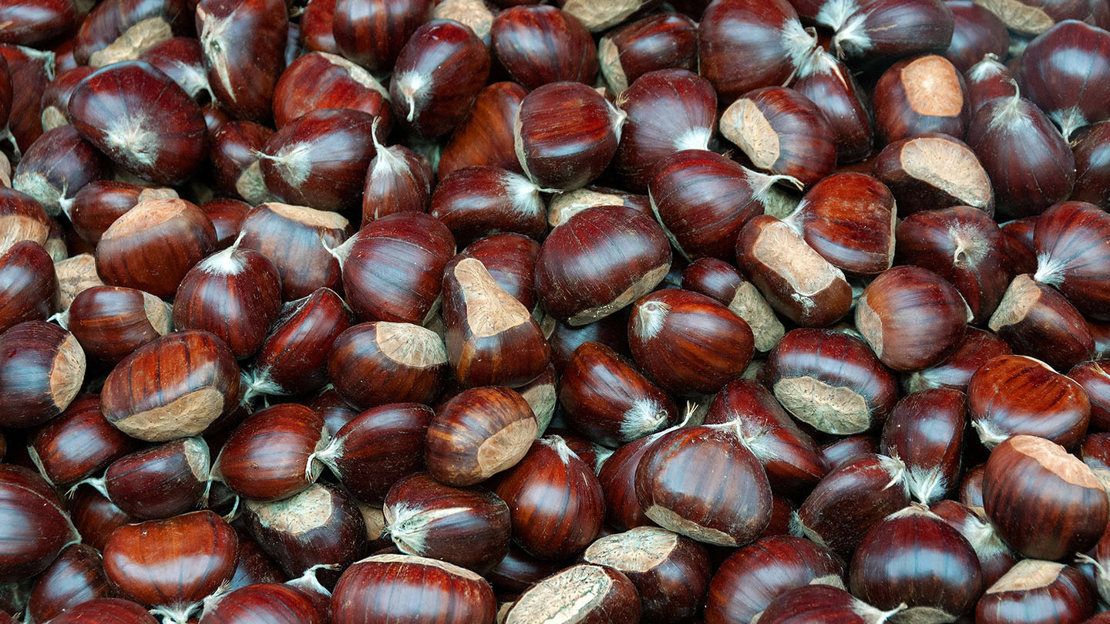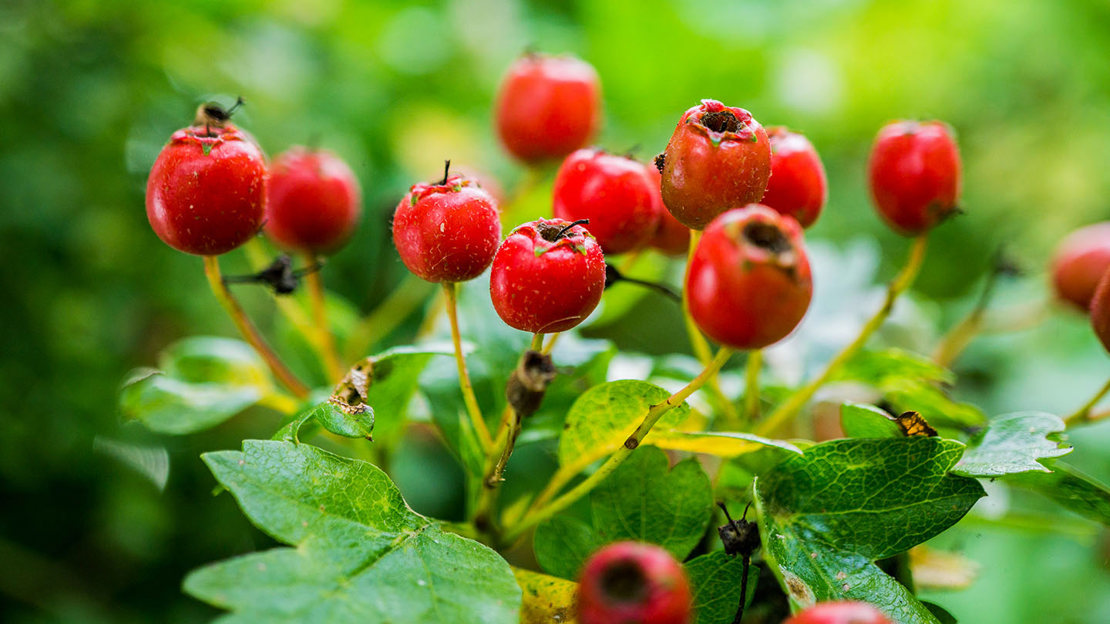Give back to nature
Experiment with your foraged finds in style. Every purchase from our kitchen and dining range helps fund our vital work to plant and protect trees and woods across the UK.
Shop now
Content manager, botanist and tree lover
Yes it's winter. That time between autumn, when fruits and berries are in abundance, and before spring, when the new shoots haven't started coming yet. But even so, there are some winter fruits and nuts to look out for. Pick up your field guide and head outside.
Before you go foraging, please remember to take only what you absolutely need (and only when there is a plentiful supply), and only pick what you can identify with certainty. Read our sustainable foraging guidelines for more advice.
Did you know you can eat ripe acorns? Check out our tips to prepare and cook them.
The nuts make a tasty raw nibble when you’re out and about. Scrape off the outer brown skin to reveal the triangular seed.

Probably the most widely foraged wild fruit. You might be lucky to still find a few in the hedgerows in winter. Gather them for pies, crumbles and liqueur or get some recipe inspiration.

A classic wintry roasted treat. Look out for their spiny casings on the woodland floor. Sweet chestnut isn't native, but has been here since the Romans introduced it.

You can make some amazing recipes with these small, sour fruits. Their flavour is excellent: intensely tart and tangy.
They're not great raw: the flesh is dry and starchy and the stone is quite large. But they're good for jams, jellies, vinegar, ketchup and hedgerow liqueurs.

You might be able to find some hazelnuts to nibble on if the squirrels haven't got there first. See our top tips on foraging hazelnuts and a delicious hazelnut butter recipe.
Open pine cones can be shaken to dislodge the pine nuts from inside. Pine cones that are closed can be placed near a fire for a few days. They can be eaten raw but are usually roasted or toasted.

They are good in wines, jellies, jams and can be used to make a delicately flavoured rosehip syrup for cordial or pouring onto ice cream or pancakes.
The blue-black berries of blackthorn are ready for picking from the end of September to December. Try making our delicious sloe gin recipe.
These can be eaten in the same way as rowan, in jellies and jams.

Experiment with your foraged finds in style. Every purchase from our kitchen and dining range helps fund our vital work to plant and protect trees and woods across the UK.
Shop now